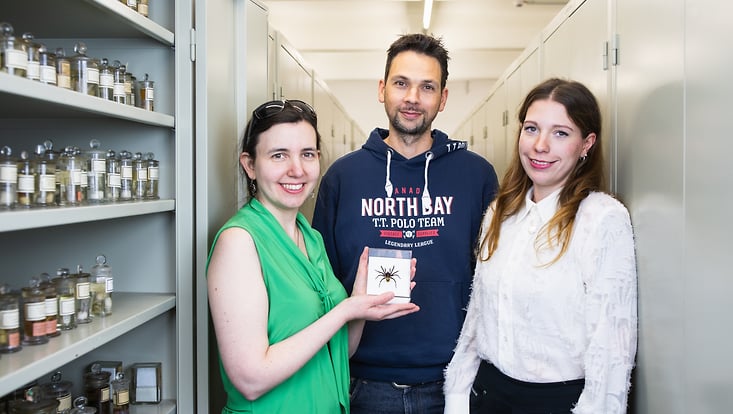Internet TV or linear programmingWhat Does the Future of TV Look Like?
10 May 2023, by Claudia Sewig

Photo: Pixabay/Victoria Regen
Internet TV and linear TV—both are here to stay, according to Prof. Dr. Joan Kristin Bleicher. The TV expert has just published a new book on the history of internet TV and explains the strategies traditional TV is now pursuing, the dangers posed by AI, and what schools should do.
“Traditional TV is in a period of transition. A new competitor that integrates all of TV’s previous media poses huge challenges,” explains Prof. Joan Bleicher, managing director of the Institute of Media and Communications at Universität Hamburg. “There are, of course, many prognoses about the death of traditional TV, but in my view, it will exist alongside internet TV, with a different focus.”

Internet TV, says Bleicher, integrates both traditional TV formats as well as its own range of moving images; in the various areas of international research on the topic, the blanket term “internet TV” has been agreed upon to summarize the diverse range of moving images offered by the internet. “This includes, among other things, video-stream providers such as Netflix, video platforms such as YouTube, and diverse video phenomena on social media. And this all, of course, competes with traditional TV. Stations need to think about how they are going to respond,” says the Universität Hamburg media expert.
One strategy according to Bleicher: “If you can’t beat the competition, integrate it.” Thus, she continues, there is an entire series of programs on TV based on YouTube videos or Instagram. Furthermore, she says, traditional TV focuses on its core competencies, for example entertainment; this has led in the past few years to a nostalgic TV trend. Prof. Joan Bleicher: “One example of this is the return of old shows such as ‘Wetten, dass...?’ or previously successful programs. Then there is the strategy of adhering to good old TV news programs that remain believable because they are based on well-researched facts and provide a counterpoint to the fake news found on social media.”
It is hardly surprising that studies conducted by TV stations ARD and ZDF have found that there is a generation gap when it comes to using the various offers. Older viewers generally remain true to traditional TV while children and adolescents often no longer have any interest in linear TV, preferring social media, YouTube, Netflix, or other streaming services.
What schools should do
This is why Bleicher advocates for more strongly promoting media competence in schools: “It is not only children and adolescents who should be schooled in the use of these media but also their teachers because many of them still think TikTok is a game. They are often very skeptical of media and are not very willing to engage with it. Perhaps a subject could be created in which children teach the teacher. Naturally, of course, children and adolescents must be made aware of the dangers of social media, because bullying on social media is often seen as completely normal,” says Bleicher.
Bleicher sees another challenge ahead: “AI will play a big role in the future. This will only intensify the challenges of trying to separate fact from fiction. We already have a long tradition of fake news on the internet. With AI phenomena such as ChatGPT, however, it will reach a completely different level.


